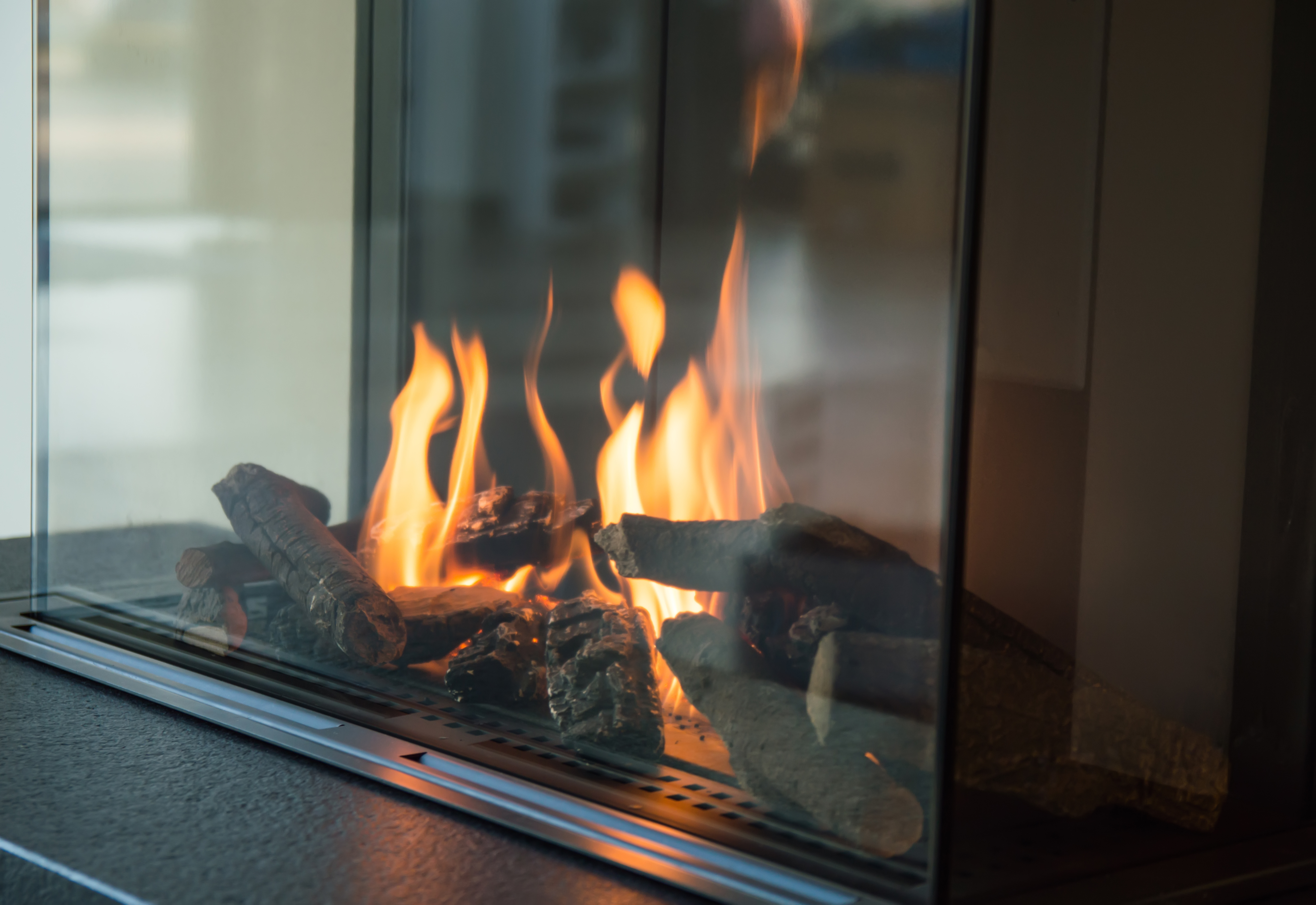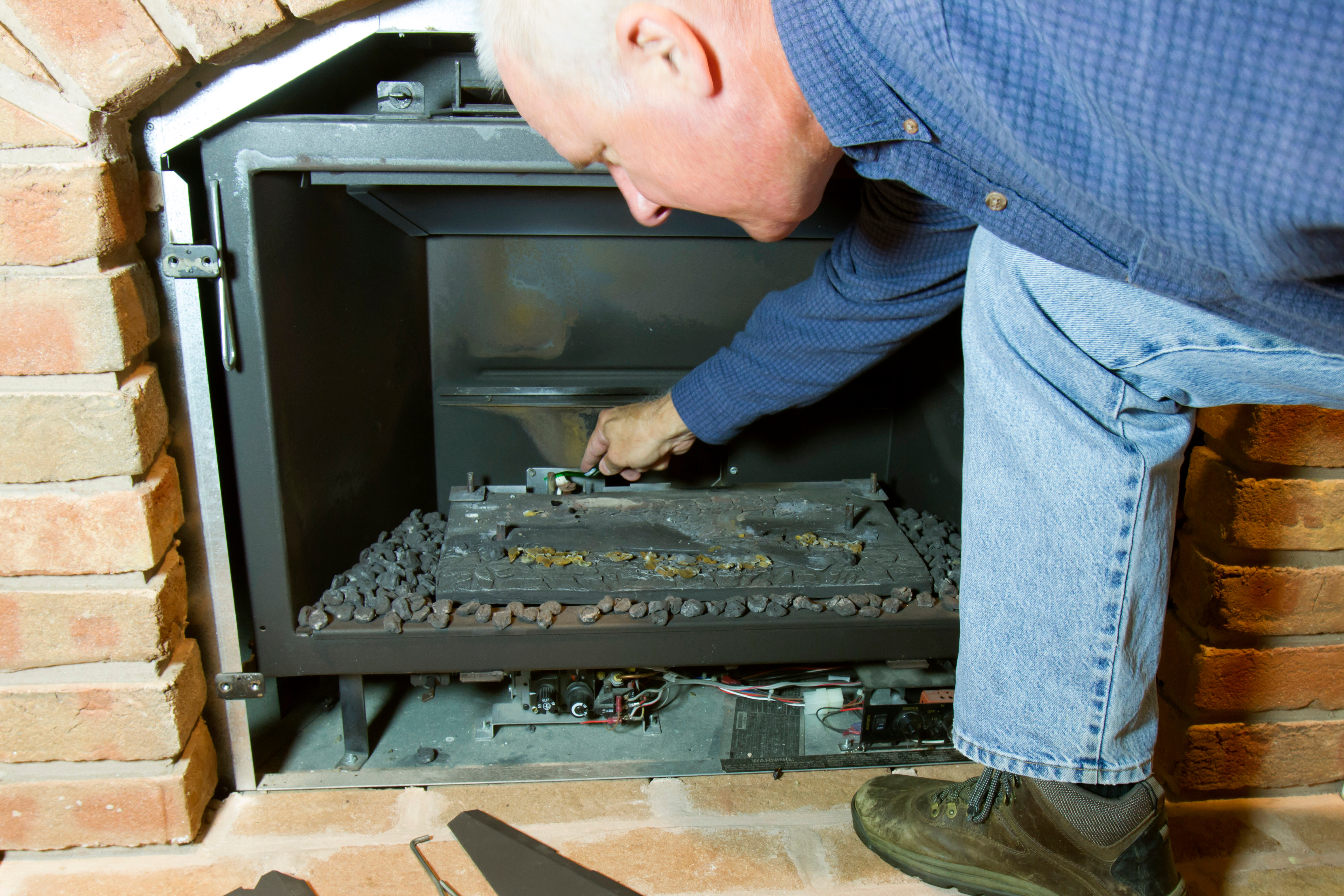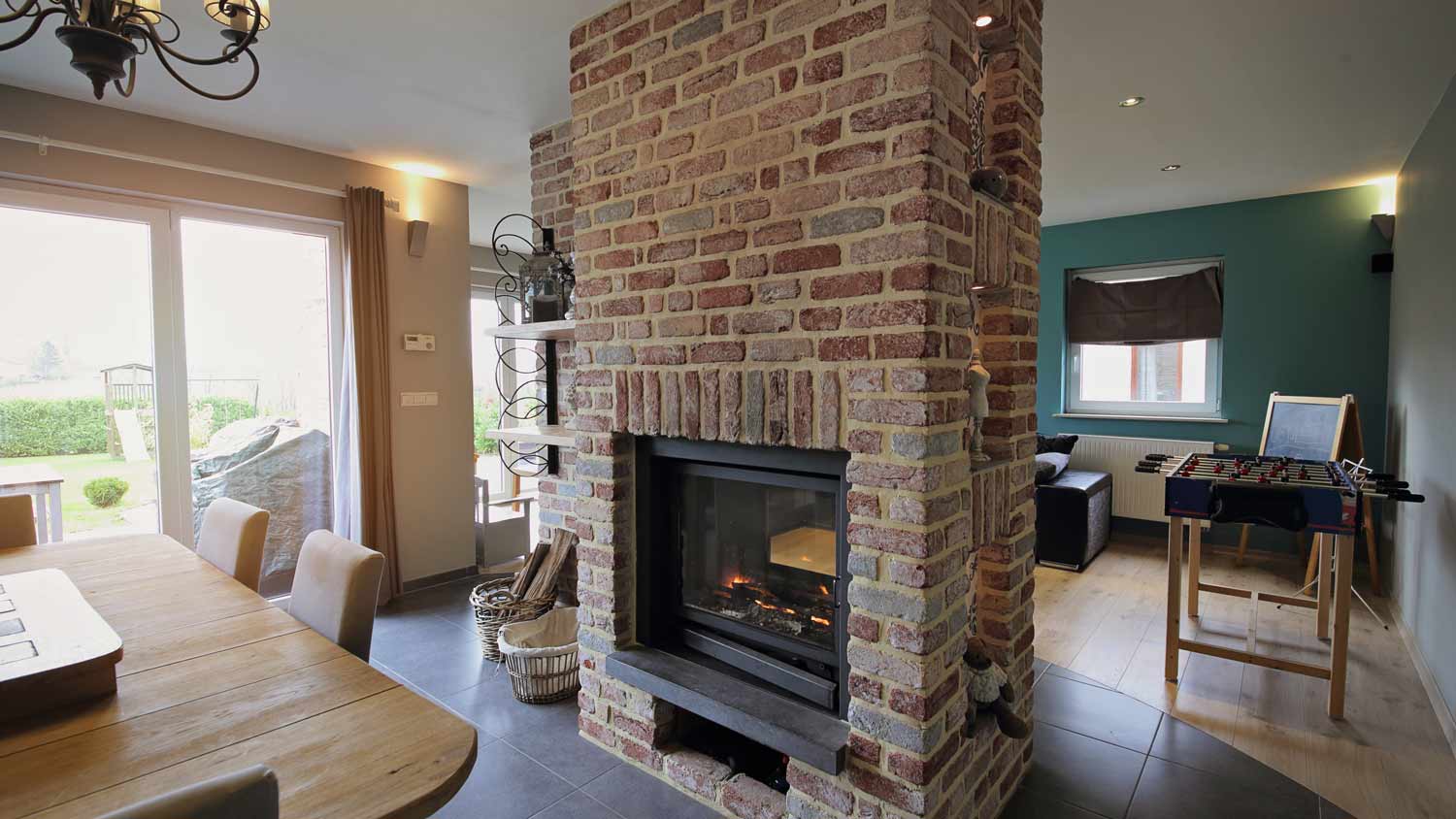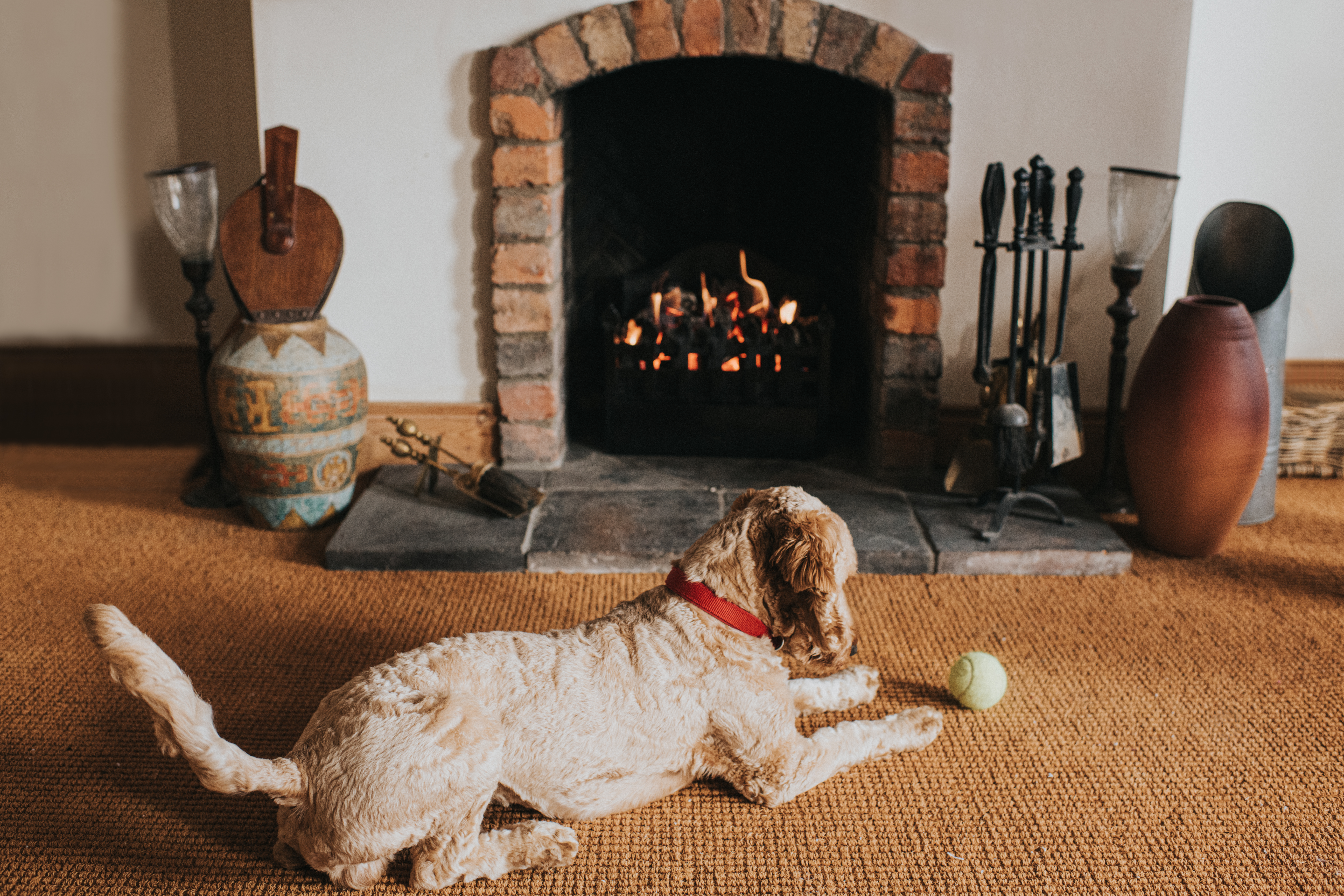
Want a safer, cleaner alternative to your traditional fireplace? Use this guide to determine the cost to convert a fireplace to gas in your home.
Keep the gas flowing and the fire glowing


If your gas fireplace keeps going out, your pilot light could be to blame.
Alternatively, a dirty or defective thermocouple could prevent your fireplace from working.
Issues with your natural gas or propane supply can also interfere with your fireplace.
You can try some DIY fixes, such as relighting your pilot light or cleaning your thermocouple.
Hiring a pro to repair a gas fireplace usually costs between $200 and $1,000.
You’re dreaming of curling up in front of a toasty fire, but there’s just one problem: your fireplace can’t seem to stay lit. So, why does your gas fireplace keep going out? There are a few common causes, but often, it’s due to a failing pilot light or a faulty thermocouple. Here’s how to pinpoint—and fix—the problem.
Some gas fireplaces have a pilot light—or a small flame that ignites the gas to keep your fire burning. It’s supposed to stay lit, but sometimes, pilot lights go out. This can happen for several reasons (more on that in a minute), but when it does, your fireplace will shut off.
If your pilot light goes out, it could be a one-time issue or an ongoing problem. For instance, if there’s a major storm in your area, the winds could extinguish the flame. In that case, you can manually relight your pilot light.
However, if your pilot light keeps going out, there could be another issue at play. For example, if your fireplace isn’t getting enough gas, the flame will struggle to stay lit. In other cases, a dirty or damaged thermocouple could be the culprit. We’ll explain how to address each of those issues below—but if those fixes don’t work, you may need to bring in a professional.
A thermocouple is the part of your fireplace that detects whether or not the pilot light is lit. If so, it allows gas to flow into the fireplace—but if not, it shuts off the gas to prevent a gas leak.
When a thermocouple gets dirty or breaks (which is fairly common), it won’t be able to determine when the pilot light is on—and for safety reasons, your gas fireplace will shut off.
To clean your thermocouple, follow these steps:
Shut off the power to the fireplace.
Turn off the gas and switch the gas valve to the “off” position.
Wait for at least five minutes as the fireplace cools and any remaining gas clears.
Locate the thermocouple inside your fireplace.
Remove the thermocouple from the pilot assembly by gently twisting or unscrewing it.
Use an abrasive pad to scrub dirt and debris from the thermocouple.
Put the thermocouple back into place.
Turn on the power and gas.
To test the thermocouple, turn on the fireplace. If it goes out again, you may have a faulty thermocouple, and you should call a professional fireplace repair service near you to replace it.
It might sound obvious, but your fireplace won’t work without a steady supply of gas. If there’s an issue with your fireplace’s gas connection or an interruption to your home’s gas service, your fireplace may keep going out.
First, make sure your fireplace’s gas valve and your home’s main gas valve are on. If your fireplace runs on propane, confirm that the tank is full.
No luck? Test other gas-powered appliances in your house (like your stove or furnace). If they won’t turn on, there could be a problem with your home’s gas supply. Reach out to your gas utility company for help.

If you’re comfortable working with gas appliances, you may be able to fix your fireplace without calling a professional. However, if these solutions don’t work (or you’d rather not go the DIY route), you can have a fireplace pro take a look.
Your fireplace repair costs will vary depending on a few factors, including the type of issue and local labor rates. For example, fixing a pilot light costs anywhere from $100 to $350, while replacing a thermocouple runs between $75 and $350.
Unfortunately, you can’t prevent your fireplace from wearing out over time. However, by keeping up with regular gas fireplace maintenance, you can protect the different parts of your fireplace and potentially extend its lifespan. Plus, you'll be more likely to catch minor issues before they become big, expensive problems.
Here are some tips that can help you keep your gas fireplace in good condition:
Clean the interior and exterior regularly
Replace the glass logs or rocks as needed
Schedule annual gas fireplace inspections
From average costs to expert advice, get all the answers you need to get your job done.

Want a safer, cleaner alternative to your traditional fireplace? Use this guide to determine the cost to convert a fireplace to gas in your home.

Use our guide to estimate your fireplace repair costs, based on the type of fireplace you have—and what part is broken.

The average fireplace installation cost is $2,438, but prices vary depending on the type and size of the fireplace. Calculate your costs with our guide.
A fireplace inspection is crucial to your home’s safety, and can keep cracked chimneys, creosote, and animals in your fireplace at bay.

What is a fireplace insert? It’s like a traditional fire in a box—which helps keep the heat it generates in your house, rather than draining out the chimney.

Fireplace size depends on the type of fireplace, where you’re installing it, and much more. Learn about average sizes and what affects dimensions.